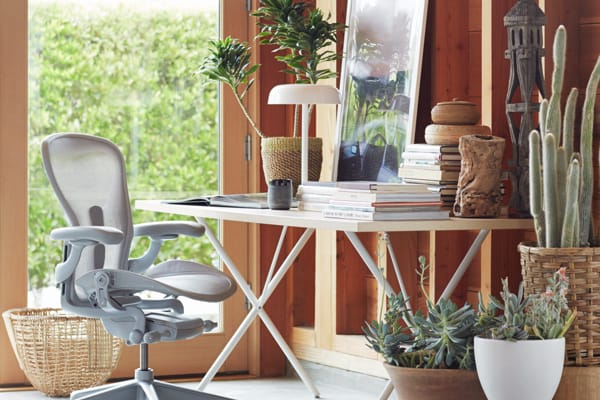‘Bt technology is very good. It all depends on how to use it’
Snehlata Shrivastav | tnn | Oct 8, 2017, 06:04 IST
The Central Institute for Cotton Research (CICR) is the country's only dedicated institute engaged in research in cotton. Cotton has been the primary crop of Central India but in recent years it has become a problematic crop with increasing attack of pests despite farmers growing bollworm resistant cotton (Bt cotton) in almost 95% of the area.
TOI spoke to CICR director VN Waghmare on these issues and the suitability of the crop in the region.
Excerpts from the interview ...
Q. Cotton has been a traditional crop for decades in Central India. But now its suitability to the region is being debated. What are your views?
A. Cotton was being grown across India including central part even before the Britishers came to India. However, we were growing desi cotton varieties till partition. It was only after partition that American cotton (hirsutum) was introduced in the country due to its big boll size and better quality fibre. Gradually, almost 97% of cotton-growing area went under it and desi was restricted to just 3% area. But, with the arrival of heliothis insect on the hirsutum, researchers developed a boll worm and heliothis-resistant variety, the Bt cotton by American giant Monsanto. Though the Bt cotton has developed resistance to pink bollworm the suitability of cotton for the region cannot be questioned to such an extent. If we discard Bt completely, heliothis menace will come back again.
Q. There are questions being raised about the suitability of the local soil for cotton cultivation.
A. I am not a soil scientist myself but know that cotton has been a preferred crop of farmers here. As far question of soil is concerned, it is not uniform or is heterogeneous which means its quality differs even within a patch of 2-3 acres. For soil health cards, the government has asked to have different cards for patches of 10 hectares in dry land area and 2.5 acre in irrigated area. One cannot generalize the soil suitability and quality for such a huge area. Otherwise also Bt cotton which occupies almost 98% of the area is an nutrient-exhaustive crop. It depletes the soil and hence some leguminous crops need to be alternated with cotton to get the desired output.
Q. Is it time that we rethink on switching to other crops in the region as over the years the weather pattern has changed and so has the pest types?
A. There cannot be a yes and no answer. Central India has been known for its black cotton soil. Farmers are the best judges actually. Climate change has been there but it applies to all other crops too equally. Hence there is a need to develop climate-resilient crops. At present, there seems no alternative to Bt cotton as if it is removed there will be havoc of heliothis again like in the 1990s. Bt technology is a very good technology in itself. It all depends on how we use it. If we follow the required or recommended cultivation practices cotton can remain to be a good crop for the region. AT CICR, we cultivate Bt and non Bt together but there is no boll worm attack due to use of right practices. In fact the Bt cotton area this year increased from 37 lakh hectares to 42 lakh hectares this year.
TOI spoke to CICR director VN Waghmare on these issues and the suitability of the crop in the region.
Excerpts from the interview ...
Q. Cotton has been a traditional crop for decades in Central India. But now its suitability to the region is being debated. What are your views?
A. Cotton was being grown across India including central part even before the Britishers came to India. However, we were growing desi cotton varieties till partition. It was only after partition that American cotton (hirsutum) was introduced in the country due to its big boll size and better quality fibre. Gradually, almost 97% of cotton-growing area went under it and desi was restricted to just 3% area. But, with the arrival of heliothis insect on the hirsutum, researchers developed a boll worm and heliothis-resistant variety, the Bt cotton by American giant Monsanto. Though the Bt cotton has developed resistance to pink bollworm the suitability of cotton for the region cannot be questioned to such an extent. If we discard Bt completely, heliothis menace will come back again.
Q. There are questions being raised about the suitability of the local soil for cotton cultivation.
A. I am not a soil scientist myself but know that cotton has been a preferred crop of farmers here. As far question of soil is concerned, it is not uniform or is heterogeneous which means its quality differs even within a patch of 2-3 acres. For soil health cards, the government has asked to have different cards for patches of 10 hectares in dry land area and 2.5 acre in irrigated area. One cannot generalize the soil suitability and quality for such a huge area. Otherwise also Bt cotton which occupies almost 98% of the area is an nutrient-exhaustive crop. It depletes the soil and hence some leguminous crops need to be alternated with cotton to get the desired output.
Q. Is it time that we rethink on switching to other crops in the region as over the years the weather pattern has changed and so has the pest types?
A. There cannot be a yes and no answer. Central India has been known for its black cotton soil. Farmers are the best judges actually. Climate change has been there but it applies to all other crops too equally. Hence there is a need to develop climate-resilient crops. At present, there seems no alternative to Bt cotton as if it is removed there will be havoc of heliothis again like in the 1990s. Bt technology is a very good technology in itself. It all depends on how we use it. If we follow the required or recommended cultivation practices cotton can remain to be a good crop for the region. AT CICR, we cultivate Bt and non Bt together but there is no boll worm attack due to use of right practices. In fact the Bt cotton area this year increased from 37 lakh hectares to 42 lakh hectares this year.
Get latest news & live updates on the go on your pc with News App. Download The Times of India news app for your device.
From around the web
More from The Times of India
From the Web
More From The Times of India

India, US boost ties as China puts on boots near Doklam

US, India working to turn big words into pragmatic realities: Mattis

6 bedtime hacks to wake up with beautiful skin

Naga Chaitanya - Samantha weekend wedding shenanigans kick off in Goa today

Crores of girls have been empowered by Gurmeet Ram Rahim Singh: Honeypreet






































All Comments ()+^ Back to Top
Refrain from posting comments that are obscene, defamatory or inflammatory, and do not indulge in personal attacks, name calling or inciting hatred against any community. Help us delete comments that do not follow these guidelines by marking them offensive. Let's work together to keep the conversation civil.
HIDE